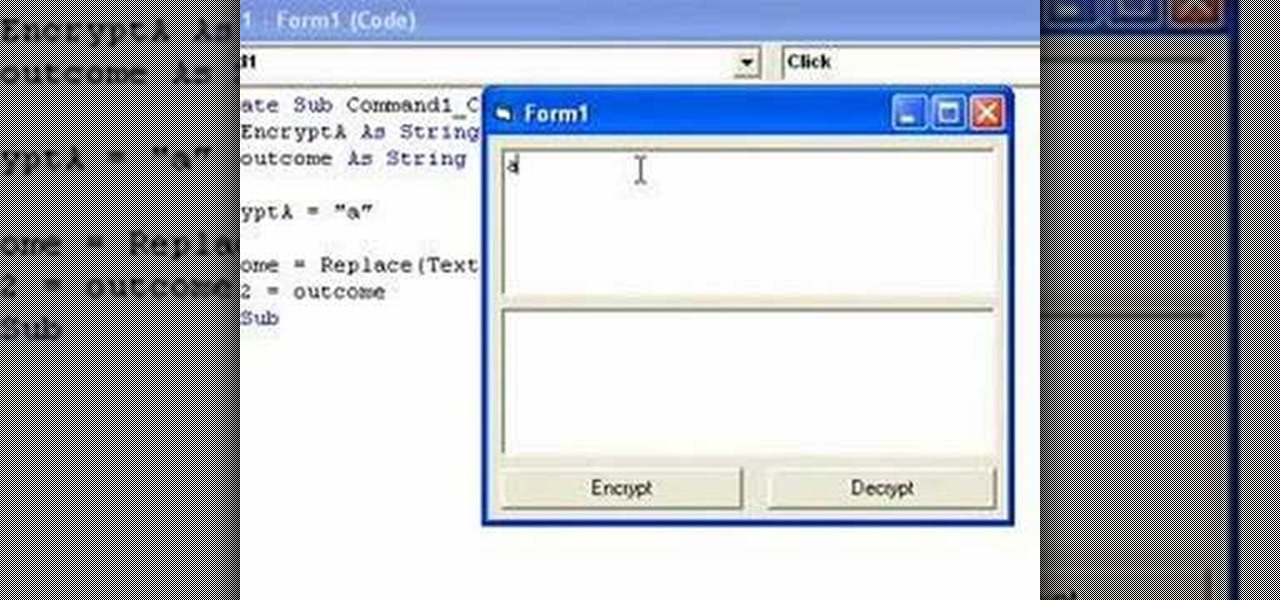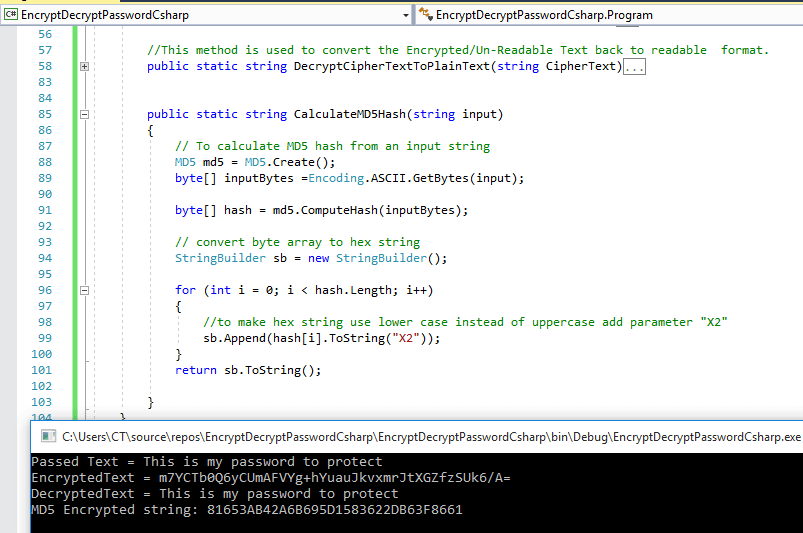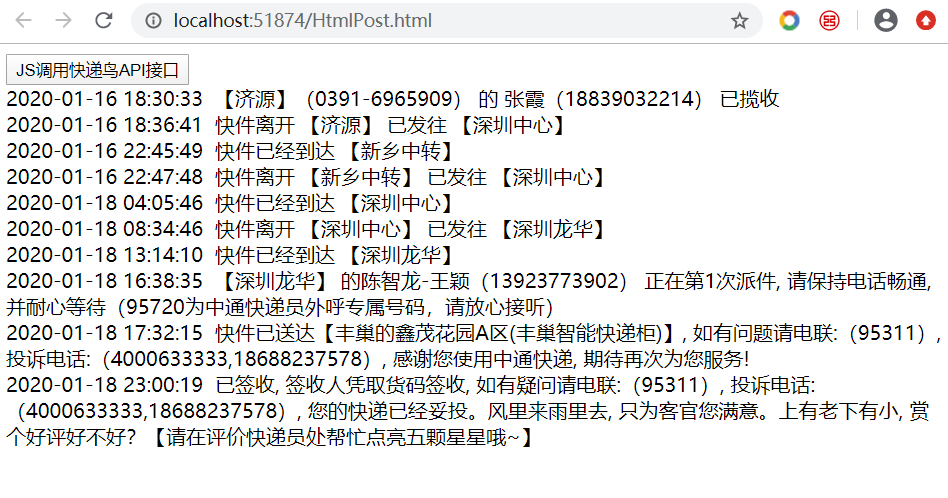
MD5 hashes are no longer considered cryptographically secure methods and should not be used for cryptographic authentication, according to IETF.

It is impossible for an attacker to create two messages that produce the same hash value.It is impossible for an attacker to generate a message matching a specific hash value.To be considered cryptographically secure, the hash function should meet two requirements: The goal of any message-digest function is to produce digests that appear to be random. The final value computed from the last block becomes the MD5 digest for that block. Each stage includes four message-digest passes, which manipulate values in the current data block and values processed from the previous block. The first stage begins with the message-digest values initialized using consecutive hexadecimal numerical values. The output from MD5 is a 128-bit message-digest value.Ĭomputation of the MD5 digest value is performed in separate stages that process each 512-bit block of data along with the value computed in the preceding stage. The MD5 message-digest hashing algorithm processes data in 512-bit strings, broken down into 16 words composed of 32 bits each.

In comparison, MD5 is not quite as fast as the MD4 algorithm, but offered much more assurance of data security. The MD5 algorithm is an extension of MD4, which the critical review found to be fast but potentially insecure. MD2, MD4 and MD5 have similar structures, but MD2 was optimized for 8-bit machines, in comparison with the two later algorithms, which are designed for 32-bit machines. MD5 is the third message-digest algorithm Rivest created. Message digests, also known as hash functions, are one-way functions they accept a message of any size as input and produce as output a fixed-length message digest. IETF suggests MD5 hashing can still be used for integrity protection, noting: "Where the MD5 checksum is used inline with the protocol solely to protect against errors, an MD5 checksum is still an acceptable use." However, it added that "any application and protocol that employs MD5 for any purpose needs to clearly state the expected security services from their use of MD5." This graphic shows an example of the MD5 hashing process for two scenarios. The MD5 algorithm is intended for digital signature applications, where a large file must be 'compressed' in a secure manner before being encrypted with a private (secret) key under a public-key cryptosystem such as RSA. It is conjectured that it is computationally infeasible to produce two messages having the same message digest, or to produce any message having a given prespecified target message digest. The algorithm takes as input a message of arbitrary length and produces as output a 128-bit 'fingerprint' or 'message digest' of the input. Describing it in Internet Engineering Task Force ( IETF) Request for Comments (RFC) 1321, "The MD5 Message-Digest Algorithm," he wrote: Ronald Rivest, founder of RSA Data Security LLC and professor at Massachusetts Institute of Technology, designed MD5 in 1991 as an improvement to a prior message-digest algorithm, MD4.
#Examples of md5 encoding password
Hash functions are used for message security, password security, computer forensics and cryptocurrency. An encryption collision means two files have the same hash.
#Examples of md5 encoding code
What is MD5 used for?Īlthough originally designed as a cryptographic message authentication code algorithm for use on the internet, MD5 hashing is no longer considered reliable for use as a cryptographic checksum because security experts have demonstrated techniques capable of easily producing MD5 collisions on commercial off-the-shelf computers. But MD5 has been deprecated for uses other than as a noncryptographic checksum to verify data integrity and detect unintentional data corruption. The MD5 hash function was originally designed for use as a secure cryptographic hash algorithm for authenticating digital signatures.

The MD5 (message-digest algorithm) hashing algorithm is a one-way cryptographic function that accepts a message of any length as input and returns as output a fixed-length digest value to be used for authenticating the original message.


 0 kommentar(er)
0 kommentar(er)
